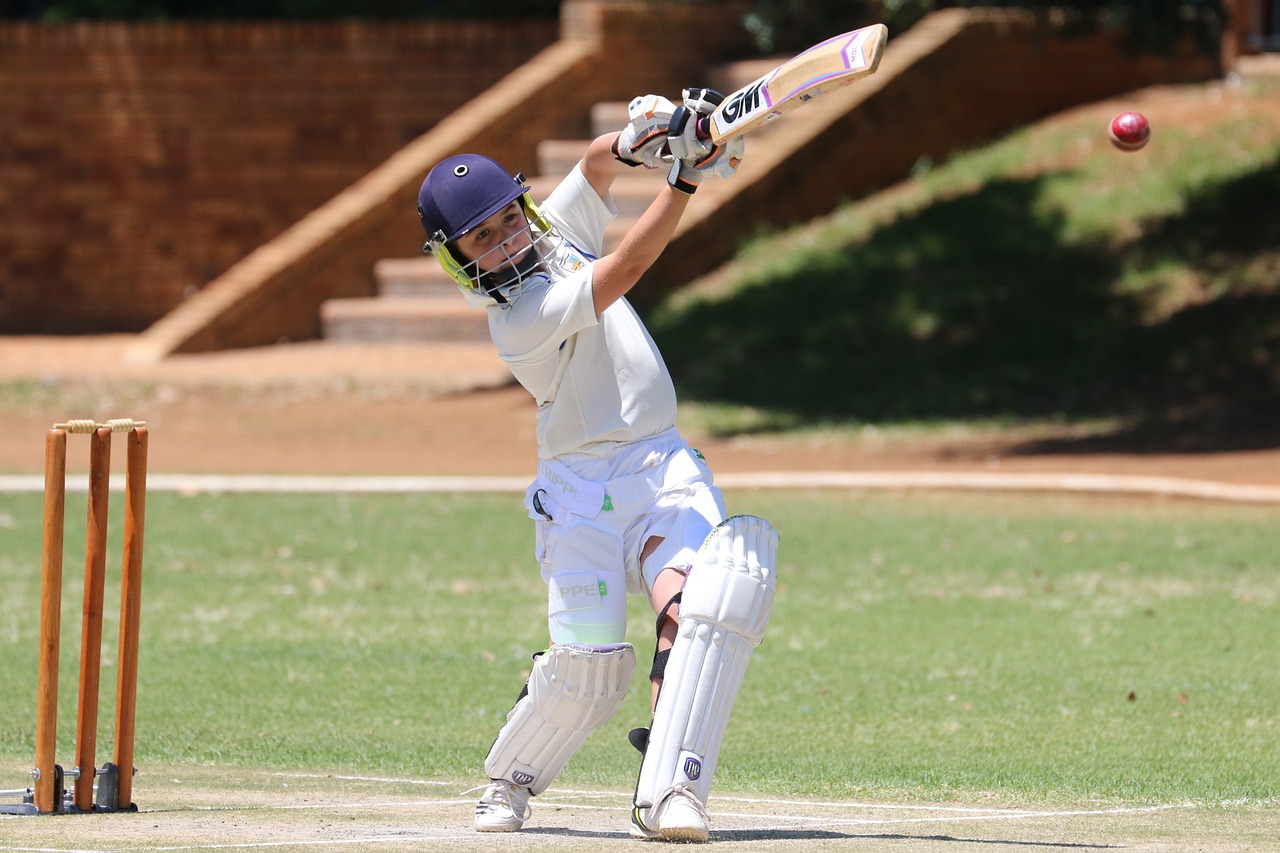Law students and law graduates in Nepal are reporting for JURIST on events in that country impacting its legal system. Smriti Pantha is a graduate of the Kathmandu University School of Law. She files this from Kathmandu.
The Cricket Association of Nepal (CAN) issued a press statement on February 26 that revealed the annual central contracts for players on both the men’s and women’s national cricket teams for 2024. The contracts delineate the categories (grades) for 30 male and 19 female cricketers, along with their respective salaries. However, a notable gap in salary between male and female cricketers in their categories caught the significant attention of many.
In the men’s national team, Grade ‘A’ players are entitled to a monthly salary of Rs 100,000, marking an increase of Rs. 40,000 from the previous contract. Conversely, women players in the same Grade receive Rs. 50,000. Similarly, Grade ‘B’, ‘C’, ‘D’, and emerging talent male players receive monthly salaries of Rs. 70,000, Rs. 55,000, Rs. 35,000, and Rs. 25,000 respectively. On the other hand, female players in the same Grade ‘B’, ‘C’, ‘D’, and emerging talent receive Rs. 35,000, Rs. 30,000, Rs. 25,000, and Rs. 20,000 respectively.
This stark disparity is noteworthy given that the All Nepal Football Association (ANFA) eliminated wage discrimination between male and female national footballers, ensuring equal pay for both genders starting from January 2021. However, CAN has defended this decision, asserting that it does not intend to discriminate between male and female players. Sudeep Sharma, a central member of CAN, stated that player salaries are determined based on competition levels and international rankings, with male players often participating in more international tournaments than their female counterparts.
Critics reference Article 18(4) of The Constitution of Nepal 2015 and Section 7(1) of The Labor Act 2017, both emphasizing gender equality in remuneration for equal work. However, supporters of CAN’s decision point to Section 7(2) of The Labor Act 2017, which highlights that wages are influenced by factors such as the nature of the work, time and effort required, skill, and productivity.
A report published in 2019 by the Central Bureau of Statistics (now National Statistics Office) found that the gender pay gap in Nepal stood at approximately 30 percent. This indicates that, on average, women earn around 30 percent less than men, even when all other factors are equal for both genders.
The disparity in pay between male and female players is not unique to Nepal; it is a global phenomenon in professional sports. Men typically receive higher salaries, prize money, endorsements, and media coverage, reflecting long-standing societal norms and revenue disparities between men’s and women’s sports leagues. Such practices perpetuate inequality making them feel undervalued and underpaid simply because of their gender. Despite this women have continued their participation in sports with immense talent and dedication.
It’s crucial to recognize that historical biases and systemic structures have contributed to this gap. Equal pay and opportunities for women athletes will not only assure adherence to constitutional and labor law but also foster their inclusivity, fairness and recognition. It is imperative for sports organizations, governing bodies, and society to eliminate these disparities and ensure collective action in achieving fairness and equality in sports.


